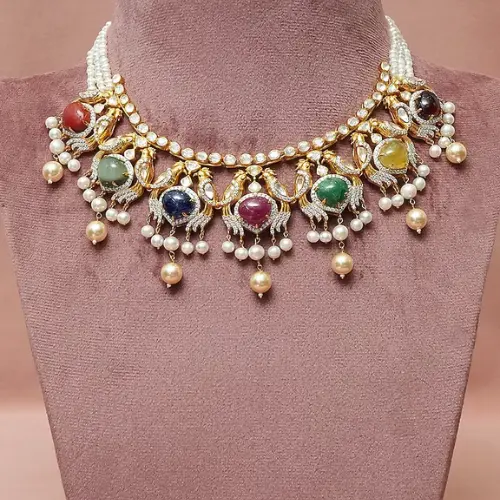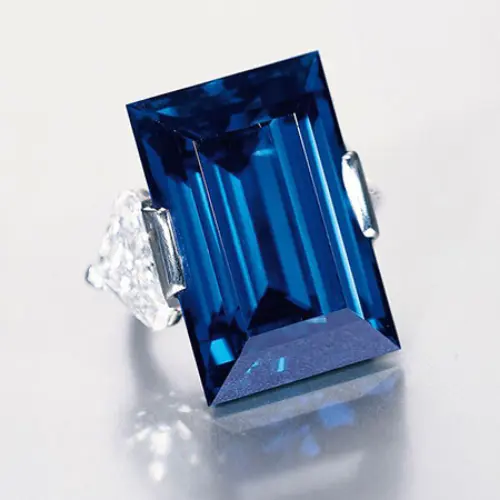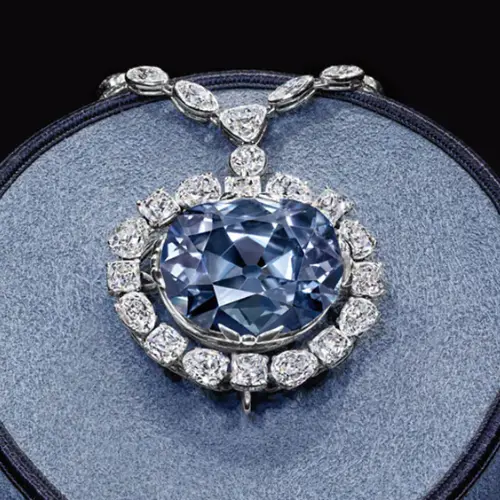Going beyond a legacy of more than 5000 years, Indian jewelry has made a significant impact on the cultural and esthetic history of the country. Excavators found the earliest evidence of jewelry used, from the Indus Valley Civilization. Since then the intricacies and techniques of making jewelry has changed in leaps and bounds. India has been the sole supplier for gemstones to the rest of the world. Right from Golconda diamonds to sapphires from Kashmir and pearls from the Gulf of Mannar, they drew merchants from all over the world to the country. Our rich heritage of remarkable and astounding designs going back since ancient times, has brought us to the forefront of the jewelry industry. Here are some of the most coveted historical pieces of Indian Jewelry that are talked about even today.
1. Temple Jewelry

Pic courtesy- thebetterindia.com
From delicate filigree work, micro-granulations to embossing work, the temple jewelry of India has been something of a marvel. They hold the carvings of dancers, devotional entities as well as Gods and Goddesses. Some pieces also symbolize an entire temple or a temple entrance, signifying the wearers respect and love for the Deity. They are sometimes embellished with pearls, rubies and emeralds intricately set within the complex designs.
2. Navratna Necklace

Pic courtesy- pinterest.com
The Navratna necklace is a spectacular historic piece that symbolizes the nine different types of jewels representing the nine Gods of the Hindu universe. The necklace is resplendent with little pearls and carvings too. The Navratna Necklace is worn in many auspicious occasions like festive seasons or by beautful brides in India.
3. Mughal Jewelry
Pic courtesy- the betterindia.com
A design manual for jewelry making that combined geometric and nature-inspired designs with enameling and Kundan, The Mughals brought a whole new design manual for jewelry making and perfected many others. Emeralds were a favorite among the emperors who called them the ‘Tears of the Moon’. The Mughals developed the inlaying of stones with gold too.
4. The Taj Mahal Emerald
Pic courtesy- metmuseum.org
Known to be one of the finest and most treasured jewels in the Indian history. The astounding hexagonal emerald is intricately carved with stylized flowers that emulate the decor of Agra’s Taj Mahal. The vibrant green color is an eye catching hue.
5 The Nizam of Hyderabad Diamond Necklace
Pic courtesy- thecourtjeweller.com
The last Nizam, Mir Osman Ali Khan, gifted this magnificent necklace on her marriage day, to Queen Elizabeth II. He was known to have an incredible collection of jewels and was once known to be the richest man in the world.
6. The Rockefellar Sapphire

Pic courtesy- pinterest.com
The Nizam of Hyderabad owned a Burmese Blue Sapphire weighing 62.02 carats, before he sold it to John D Rockefellar in 1934. The beautiful brilliant deep blue color combined with a clean clarity and transparency of the stone had made this a unique sapphire which makes it the most expensive sapphire in the world carat-wise as well as in terms of total price.
7. The Koh-i-Noor
Pic courtesy- wikipedia.org
The Koh-i-Noor, also spelt Kohinoor, is one of the largest cut diamonds in the world. Kohinoor was found in Guntur, Andhra Pradesh in the 13th century. It is an enormous stone, the size of a ping-pong ball. Presently stored in the House of London, UK, the stone’s ownership is disputed by India, Pakistan, Afghanistan and Britain.
8. The Hope Diamond

Pic courtesy-wikipedia.org
Weighing an astonishing 45.52 carats, the Hope diamond is known to be the largest blue diamond in the world. It was removed from a sculpted statue of a goddess from an ancient temple. The stone is said to be cursed, and brings bad luck to anyone who owns it. King Louis XIV of France bought it from a French traveller in 1668, before re-cutting it and surrounding it with other diamonds.







